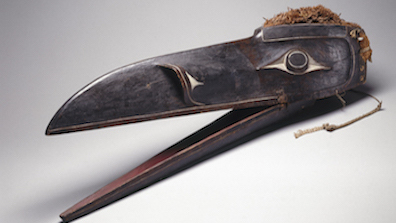
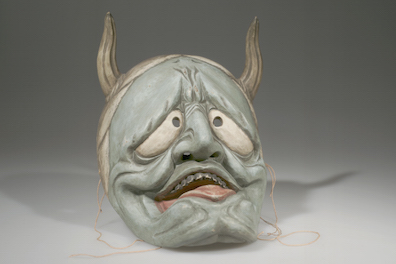
1. What was the function of this wooden Edo-period mask?
a. It would have been worn as a costume in Noh theater
b. It was a folkloric mask used in a local village ceremony
c. It was owned by a powerful shaman
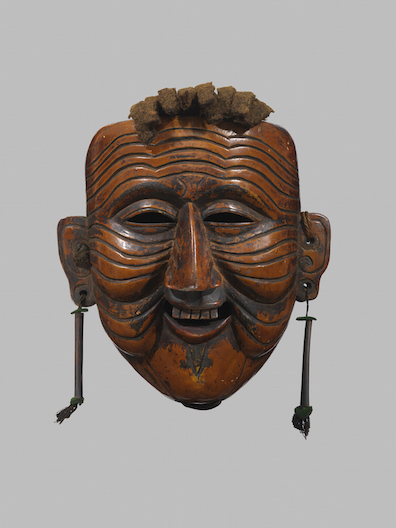
2. Apa is a well-known character in the dances of the Monpa and Sherdukpen people and can be portrayed in many forms. Which form of Apa does this mask represent?
a. The village chief
b. An animal hunter
c. A farcical drunk
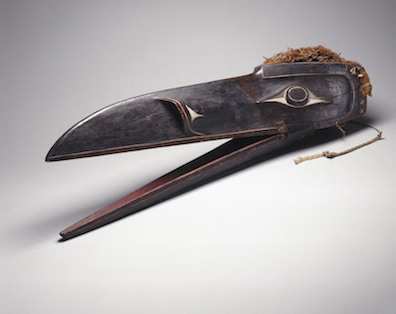
3. This raven mask would have been worn by someone participating in an initiation ceremony. An attendant would stand close by to ensure the wearer didn’t fall into a nearby fire. Why was this necessary?
a. The wearer performed a lively dance and the weight of the mask would cause them to become fatigued
b. The wearer wore platform footwear that could cause them to easily lose balance
c. The ritual dance performed by the wearer involved jumping over an open fire
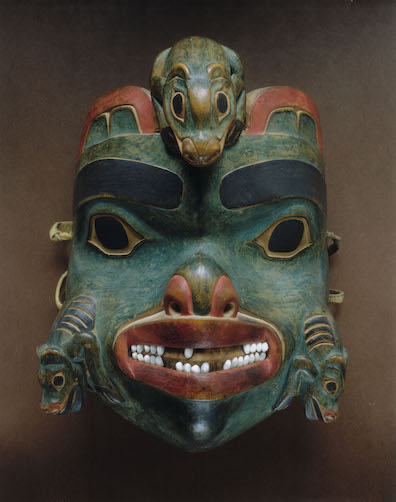
4. A mask like this one of a bear and land otter would have been owned by a shaman. How many masks would a powerful shaman typically possess?
a. 3
b. 5
c. 8
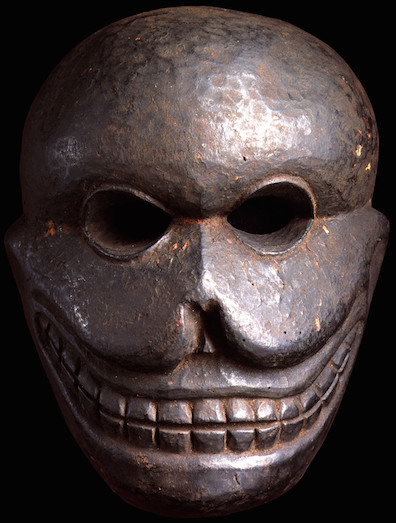
5. Kengpa masks represent living skeletons and appear in pairs, either as a man and woman or two brothers. This Kengpa mask is a male. What trait indicates this?
a. The mask has no hair on its head
b. The mask doesn’t have pronounced fangs
c. The mask has a full set of teeth
These masks and many others are now on view at the Rubin Museum as part of the exhibition “Becoming Another: The Power of Masks.”
Scroll down for the quiz answers.
Answers: 1. b; 2. c; 3. a; 4. c; 5. b

